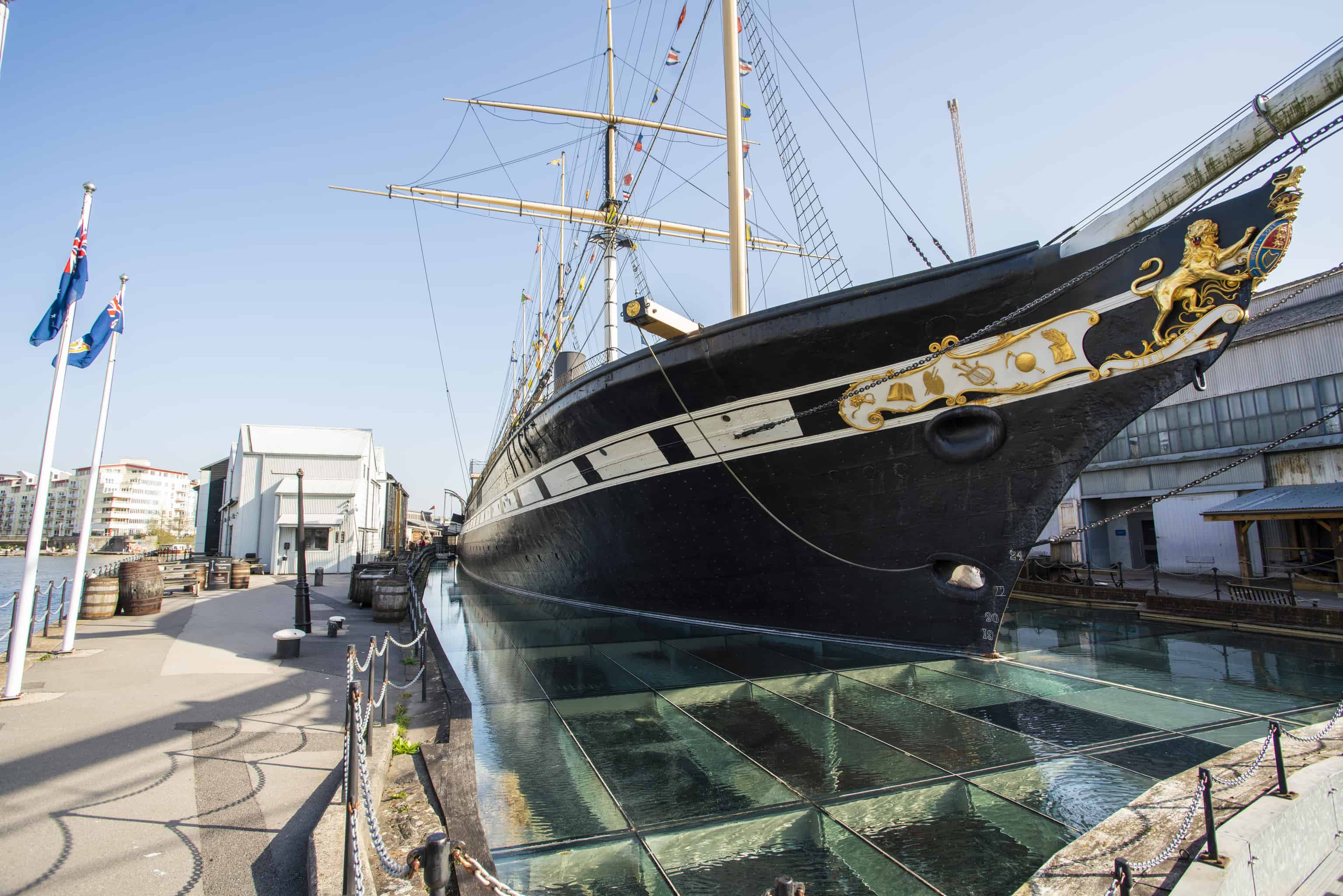Brunel’s Great Western Railway opened between London and Bristol in 1841, but it had always been the intention to extend it to Oxford. Doing so would have given the GWR a valuable link with the Midlands and enhance trade between those parts of the country. However, the proposed line faced considerable opposition.
Many landowners and villagers objected to the route, which would cut people off from their fields and affect the wells. Oxford City Corporation also objected, fearing that the railway would take income from the toll roads and canals.
Most notably, Oxford University objected, fearing for the morals of students, gaining easy access to London: they might be tempted into ‘improper marriages and other illegitimate connexions.’! There was also concern that the railway would bring hordes of ‘tourists and loungers’ into the city.
One gentleman, known locally as something of an eccentric who regularly challenged authority and who went to extraordinary lengths to object to the railway, was John Towle. He constructed a timber-framed house covered with brown paper, right on the line of the proposed railway just north of Kennington, near Oxford. At the time, Oxford was a centre of papermaking, and paper-covered houses had enjoyed something of a vogue over the previous half-century. Possibly Towle wanted compensation from the railway for demolishing his house – or possibly he just wanted to make mischief!
Ultimately, the proposal was also defeated. But by 1842, opposition had weakened. Landowners along the route gave their assent and the University withdrew its objection. Not that the University was in favour of giving students access to ‘unsuitable’ places like London, Ascot and Henley. Instead, by having a station in Oxford, university officials realised they could easily patrol the premises and ensure that students were only buying tickets to approved destinations!
The line finally opened on 12 June 1844. The city celebrated with a special gala day of exhibitions, parties and celebrations. The arrival of the first train was watched by an enthralled crowd numbering in their thousands:
“…one of those rampageous, dragonnading fire-devils … arrived at a sufficiently astonishing rate, and though gasping for breath and shining with heat, seemed to have turned not one hair more than was deemed proper by each spectator, even after its long and whirlwind chase.” (Jackson’s Oxford Journal, 15 June 1844)
Just as is common today, the coming of the railway boosted property prices, and wharves near the station were advertised as being in a location ‘most desirable for trade’. An unexpected outcome was the spread of a plant known as Oxford ragwort. In the 1690s it had been brought from Sicily and introduced into Oxford Botanic Gardens. However, over the years it ‘escaped’ and could be found growing in walls throughout the city, and eventually in the ballasted track bed of the railway. The plant’s seeds float on air currents just like dandelion, and the currents from passing trains proved ideal for dispersing the seeds. It can now be found all over the country. So, when you see this plant think of Brunel!
For fascinating insights into the history of the line, see:
southoxford.org
culhamstation.co.uk




